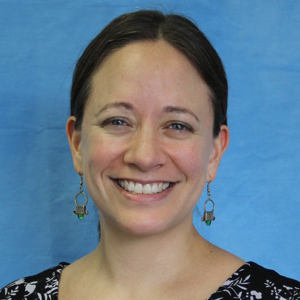A. Well…there are challenges.
Contact tracing is a tried and true public health measure that’s been successfully used to contain other infectious diseases (e.g measles, HIV, food poisoning outbreaks, etc). Indeed, the CDC has indicated that it is a necessary precursor for easing lockdown restrictions. The uploaded graphic illustrates the steps in the process.
However, there are challenges with adapting this strategy for COVID19:
1. Because people are contagious even BEFORE developing symptoms, tracing (identifying and notifying contacts) needs to happen quickly. But tracing takes time.
2. There is also currently no treatment to offer to individuals who test positive, so there is less personal incentive to cooperate. Instead, contacts are asked to quarantine, not for their own benefit, but to reduce exposure to others.
3. The period of quarantine, 14 days from the time of exposure, is a long one. This poses challenges in terms of time off from work, especially for those who cannot work from home.
4. For contact tracing to succeed, there have to be enough tests to keep up with the pace of infection (and ideally, a faster turnaround for results). Few places in the US have met this goal.
Several countries (including China, South Korea, and Germany) have successfully implemented contact tracing programs to slow the spread of COVID19. In the US, there have been more difficulties.
New York City, the national epicenter of the pandemic in March and April (and this Nerdy Girl’s hometown!), began its contact tracing program on June 1, in advance of its Phase 1 re-opening (June 8). The program relies on old-fashioned strategies to reach cases and contacts (phone calls and home visits), in part to allay privacy concerns associated with the use of more technological approaches.
STRENGTHS: NYC is currently doing 30,000 tests/day with a goal of 50,000/day in Aug (this goal is likely to be met by July); mobile testing vans are planned for hard-hit neighborhoods. Roughly 3000 contact tracers have been hired and trained, more than half of whom are residents from the communities most affected. The city is also offering resources to help contacts isolate, including use of hotel rooms paid for by the city, and assistance with grocery and medicine deliveries.
CHALLENGES: NYC recently released statistics for its contact tracing program for the period of June 1-20. These estimates indicate that tracers are often unable to locate infected people or gather information from them. For example, roughly 42% of cases provided information about contacts. And few contacts have taken up the city’s offer of free hotel rooms, preferring to remain at home during quarantine.
More on the first few weeks of NYC’s contact tracing program.
Despite this slow start, the city is actively testing out other strategies to improve the program’s performance, and to better prepare for a potential second wave.
Other researchers, including our very own Nerdy Girl, Dr Alison Buttenheim, have offered practical strategies to address some of the challenges associated with building successful contact tracing programs to slow the spread of COVID19 in the U.S.



